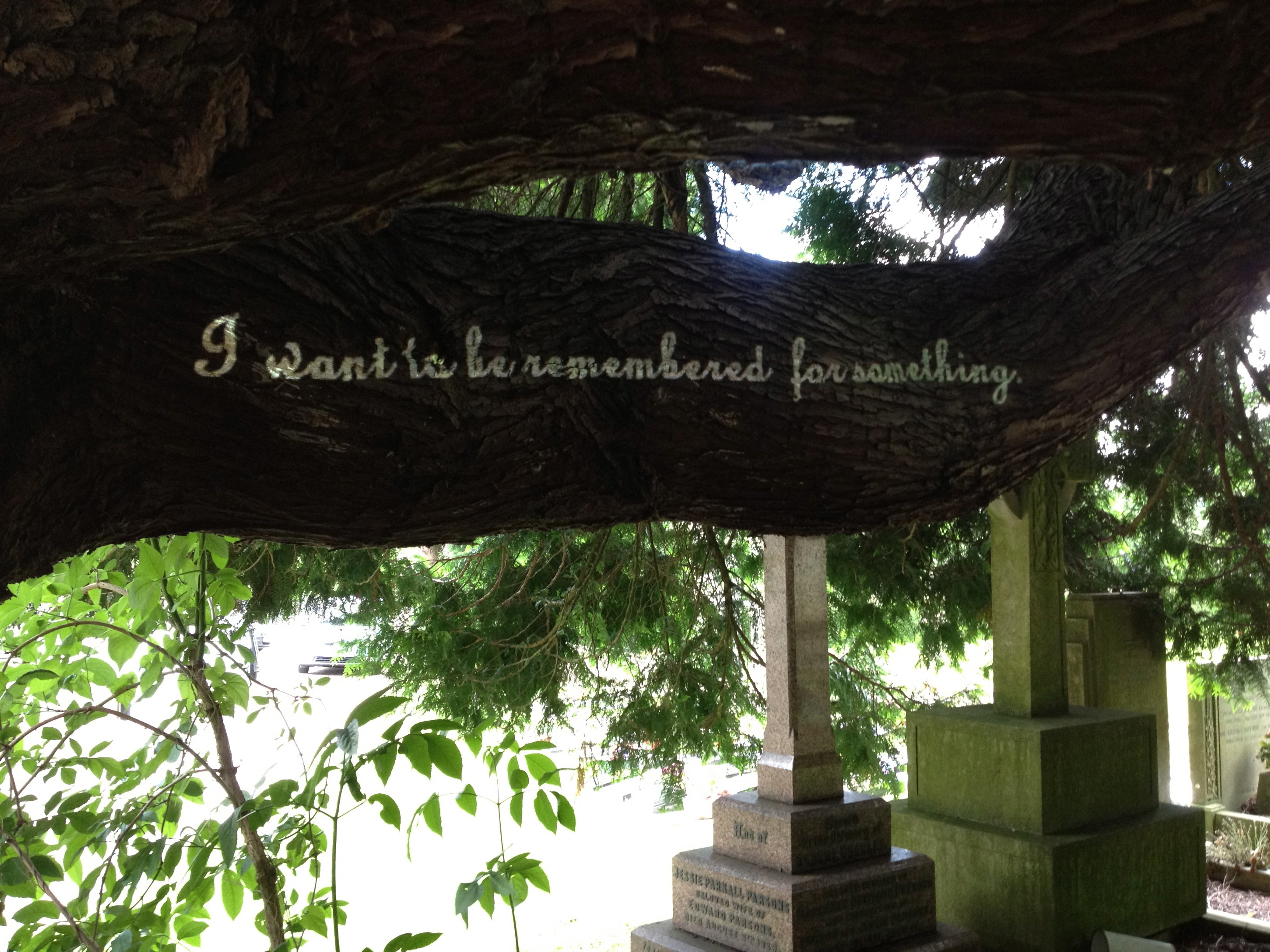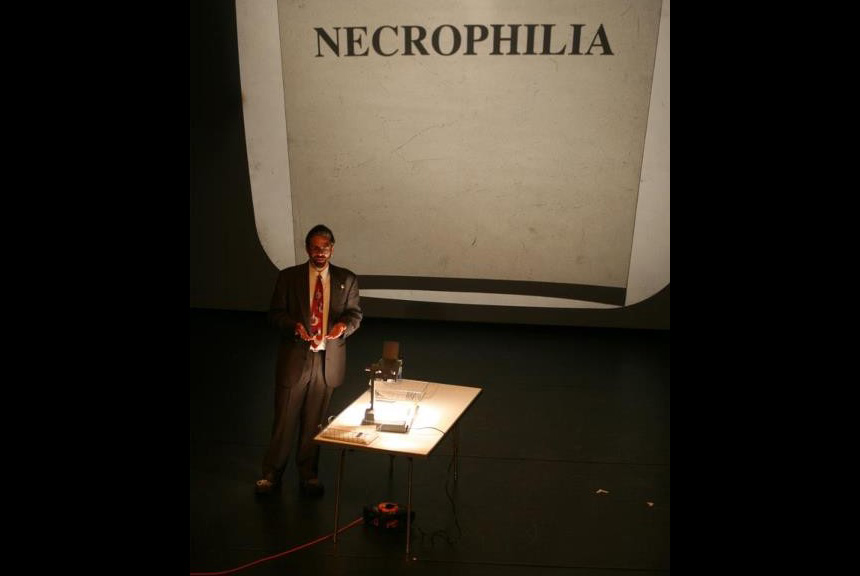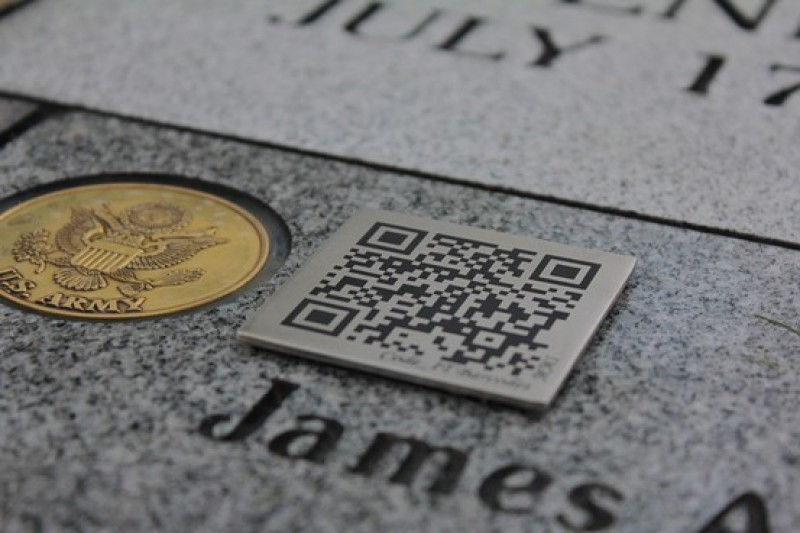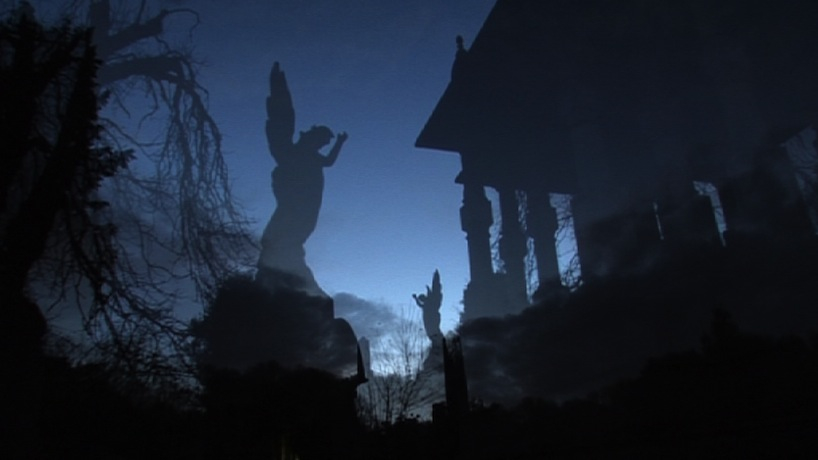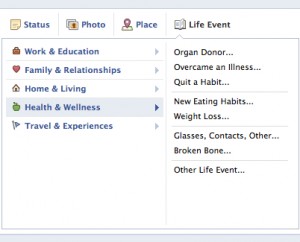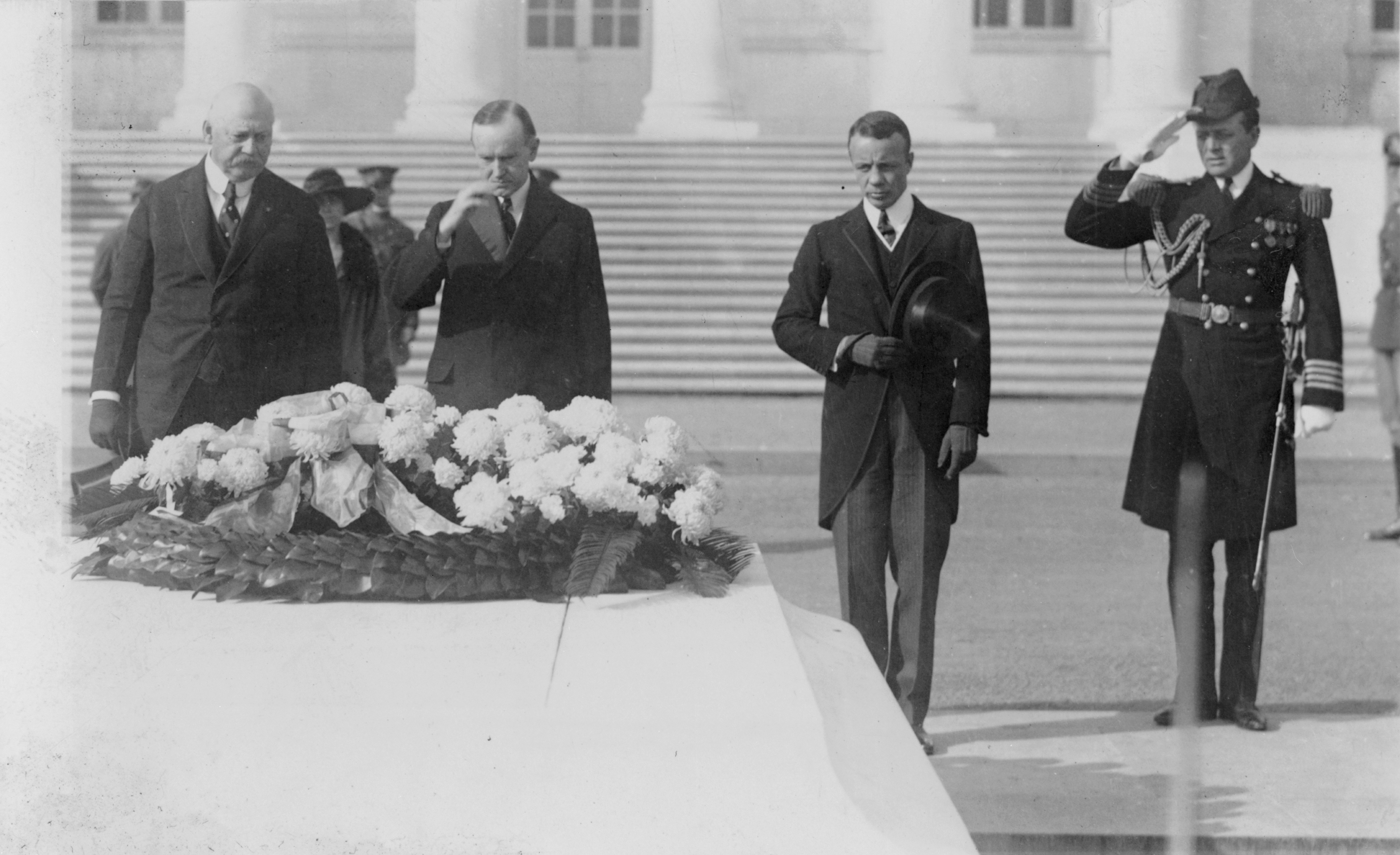On the Media: Updating Your Social Media After You Die
WNYC Public Radio (March 23, 2012)
With social media, so much of our interactions with the world now live online, even after we may not be living at all. Brooke talks to James Norris, the founder of the website Deadsocial about prolonging social media relationships after death.
Back in February, I wrote about WNYC’s radio program On the Media and its show on Facebook. That Death Ref post, subtly titled 19,000 Facebook Users Die Each Day. Here is How FB’s Memorialization Mode Works, discussed the current, nonstop discussions about what to do when web users (especially FB users, it seems) die.
The Death Reference Desk has been tracking most of the various suggested ways to maintain postmortem control over social media accounts, Facebook in particular, and you can read those posts here. You should also check out the Death + the Web and the Death + Technology sections.
For this week’s On the Media show, co-host Brooke Gladstone interviewed James Norris about his solution to the social media death problem, a platform called Deadsocial.
A couple of points.
Gladstone asked the most pressing question, which is this: How long lived is any new media solution to human death issues given how quickly computing technology changes?
Norris offers a couple of logical responses, mostly about how Deadsocial would adapt to any future social media platform and that doing so was only ethical.
I’m still skeptical that any of the various dead user related websites/programs will remain relevant into the future but I could be totally wrong. I say I’m skeptical because I know how much technology has changed when it comes to death, dying, and the dead body. Meg’s brilliant post on 19th Century Anti-Premature Burial Device Patents elegantly demonstrates how social concerns about different kinds of postmortem technological fixes radically shift over time.

In fact, I will suggest that most of the current, various dead user inventions, programs, and products are more or less 21st Century versions of 19th Century anti-premature burial devices. The thinking now isn’t so much that people need tools to prevent them from being buried alive (modern embalming and cremation solved that dilemma), rather now we need tools to make sure that we Humans can still exert some control over how our digital selves are buried.
In 50 years time, I fully expect that all of these social media concerns will have been forgotten. Or replaced with other, more pressing technology issues.
A second point about the interview. The Deadsocial system was described as a signaling program which checks on users and notifies other, predetermined people when a person isn’t responding to automated messages. A handful of other programs already do this, namely, Deathswitch. All of these programs are different in their own ways, so I’m not suggesting that any company is ripping anyone else off. What is more interesting, I think, is that these various companies keep inventing ways to notify next-of-kin or friends or all of the Facebook that someone has died.
This was also one of the telegraph’s key uses, from the start. A long forgotten but extremely important social communication technology.
My point is this — we should continue to have these conversations about what happens to computer information when people die but we should also realize that these conversations are finite.
I actually found another section of the same On the Media episode far more compelling as it regards the dead user conundrum. The interview focused on something called the Archive Team:
Most of us think nothing of putting our lives in the cloud; photos in Flickr, videos on YouTube, most everything on Facebook. But what about when those services abruptly go away, taking all of our collective contributions with them? Well Jason Scott operates on the assumption that everything online will one day disappear. He explains to Bob why he and the Archive Team are dedicated to saving user-generated content for posterity.
At least the Achive Team understands the rapidly increasing ephemerality of web based information. Indeed, the Archive Team’s motto says it all: History is Our Future.
More than likely, we will need future Archive Teams of all kinds that simply try to understand why some early 21st Century humans became so obsessed with preserving their technological, social media selves. It will all seem to peculiar and strange.
Not unlike 19th Century devices to prevent premature burials.
